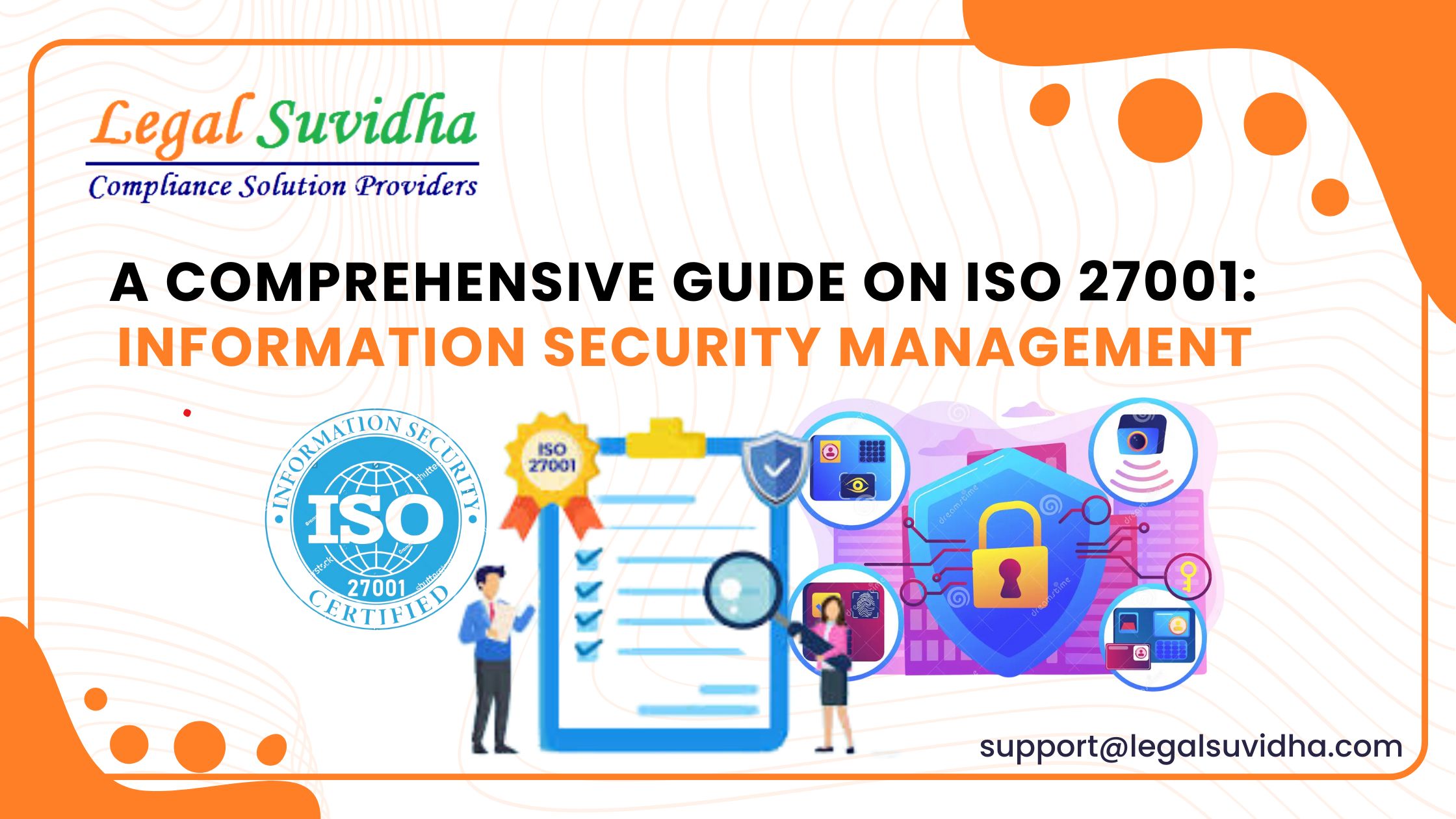ESOP Valuation Methods
1. Discounted Cash Flow (DCF)
The Discounted Cash Flow (DCF) method is widely used to estimate the intrinsic value of a company or its assets, including ESOPs. It involves forecasting the company’s future cash flows and discounting them back to the present value using a discount rate.
Process:
- Forecast Cash Flows: Project the company’s future cash flows for 5–10 years based on assumptions about revenue growth, expenses, capital expenditure, and working capital.
- Choose Discount Rate: Usually the company’s Weighted Average Cost of Capital (WACC).
- Terminal Value: Calculate using methods like the perpetuity growth model.
- Discount to Present: Apply the discount rate to forecasted cash flows and terminal value.
When to Use: Ideal for companies with predictable and stable cash flows, especially established businesses.
2. Net Asset Value (NAV)
The Net Asset Value (NAV) method determines the value of a company by calculating the net value of its assets after deducting its liabilities. It is commonly used for asset-heavy companies.
Process:
- List Assets and Liabilities: Assess the company’s assets and liabilities.
- Valuation of Assets: Value assets based on their market or fair value.
- Deduct Liabilities: Subtract liabilities from the total asset value to determine NAV.
When to Use: Useful for companies with substantial physical assets or those undergoing liquidation.
3. Market Approach
The Market Approach values a company by comparing it to similar companies in the market using valuation multiples derived from market performance.
Process:
- Identify Comparable Companies: Find companies in the same industry with similar characteristics.
- Apply Valuation Multiples: Calculate relevant multiples like P/E, P/S, or EV/EBITDA.
- Estimate Company’s Value: Multiply the company’s metrics by the derived multiples.
When to Use: Ideal for sectors with many comparable companies and well-understood market dynamics.
4. Option Pricing Models (OPMs)
Option Pricing Models (OPMs) value employee stock options by treating them as options. Popular models include the Black-Scholes Model, Binomial Model, and Monte Carlo Simulation.
Common Models:
- Black-Scholes Model: Calculates theoretical option value using stock price, exercise price, time to expiration, volatility, and risk-free rate.
- Binomial Model: Uses a tree structure to model possible price paths over time.
- Monte Carlo Simulation: Employs random sampling to estimate the option’s price under complex scenarios.
When to Use: Suitable for valuing stock options with features like vesting periods or early exercise, often used by tech startups.
Unlock the Full Potential of Your Business Legal Suvidha Providers in Association with Digi Comply Solutions!
At Legal Suvidha Providers in Association with Digi Comply Solutions, we make navigating the complexities of ESOPs easy and hassle-free! Whether you’re looking to create an impactful ESOP plan, ensure compliance, or optimize valuations, our team of experts is here to guide you every step of the way.
✨ Why Choose Us?
- Tailored ESOP solutions that align with your business goals
- Expert guidance on taxation and compliance
- A trusted partner to help you attract top talent without high cash outflows
Contact Us Today: +91 95999 37963, +91 81306 45164, +91 96500 02140, +91 96677 44527
Email Us: [email protected]
Visit Our Website: https://legalsuvidha.com/
Don’t miss out—let’s shape your success together!








